
Painful Red Bumps on Skin? It Might Be Dyshidrotic Eczema
Do You Have Painful, Itchy Bumps on Your Hands or Feet? It Could Be Dyshidrotic Eczema
If you’ve recently noticed red, itchy, and sometimes painful bumps on your hands or feet, you might be experiencing dyshidrotic eczema—a lesser-known yet frustrating skin condition. Also known as dyshidrosis, this condition is characterized by tiny, fluid-filled blisters that usually appear along the sides of the fingers, the palms of the hands, and the soles of the feet. These blisters can cause intense itching and discomfort. When they burst, the affected skin can become dry, cracked, and sore, increasing the risk of infection.
What Triggers Dyshidrotic Eczema?
The exact cause of dyshidrotic eczema remains uncertain, but doctors and researchers believe it’s linked to several contributing factors:
-
Stress: Emotional stress is one of the most common triggers for flare-ups.
-
Seasonal Allergies: Many people experience symptoms during the spring or summer months, often coinciding with hay fever.
-
Moisture Exposure: Prolonged sweating or wearing wet gloves and socks can make the condition worse.
-
History of Skin Conditions: Individuals with atopic dermatitis, asthma, or allergic rhinitis may be more susceptible to developing dyshidrotic eczema.
In some cases, exposure to certain metals—like nickel, cobalt, or chromium—has been associated with flare-ups, particularly in individuals who work in industries involving frequent contact with these substances.
How Is It Diagnosed?
A dermatologist or medical provider typically diagnoses dyshidrotic eczema through a visual inspection and patient history. If the symptoms resemble those of other conditions such as fungal infections, psoriasis, or contact dermatitis, your doctor might order additional tests. These can include:
-
Skin scraping or biopsy to rule out infections.
-
Patch testing to check for allergic reactions.
Treatment Options
Treatment depends on the severity of the condition:
-
Topical Corticosteroids: These anti-inflammatory creams are commonly prescribed to relieve itching and reduce swelling.
-
Oral Steroids: In more severe or widespread cases, short courses of oral corticosteroids may be necessary.
-
Phototherapy (Light Therapy): Controlled exposure to ultraviolet light can help in chronic or resistant cases.
-
Antihistamines: These can help manage itching, especially if triggered by allergies.
In addition, cool compresses may offer short-term relief during acute flare-ups.
How to Manage and Prevent Flare-Ups
Though dyshidrotic eczema is a chronic condition, proper care and preventive steps can reduce its frequency and severity:
-
Keep Skin Dry: Avoid prolonged exposure to moisture. Change socks and gloves frequently, especially if they become damp.
-
Use Barrier Protection: Wear vinyl or cotton-lined gloves when cleaning or using harsh chemicals.
-
Avoid Irritants: Steer clear of products containing fragrances, dyes, or strong detergents.
-
Moisturize Regularly: Use gentle, fragrance-free moisturizers to prevent dryness and cracking.
-
Don’t Scratch: As tempting as it is, scratching can worsen inflammation and increase the risk of infection.
Lifestyle changes, such as managing stress through mindfulness, exercise, or therapy, may also help reduce outbreaks.
Final Thoughts
While dyshidrotic eczema is not life-threatening, it can significantly impact daily life due to its persistent discomfort and visible symptoms. Fortunately, with early diagnosis, the right treatment, and ongoing skin care, most people can effectively control the condition and prevent future flare-ups.
If you suspect you may have dyshidrotic eczema, don’t self-diagnose—speak with a healthcare professional to receive the appropriate care and guidance for your specific needs.
News in the same category

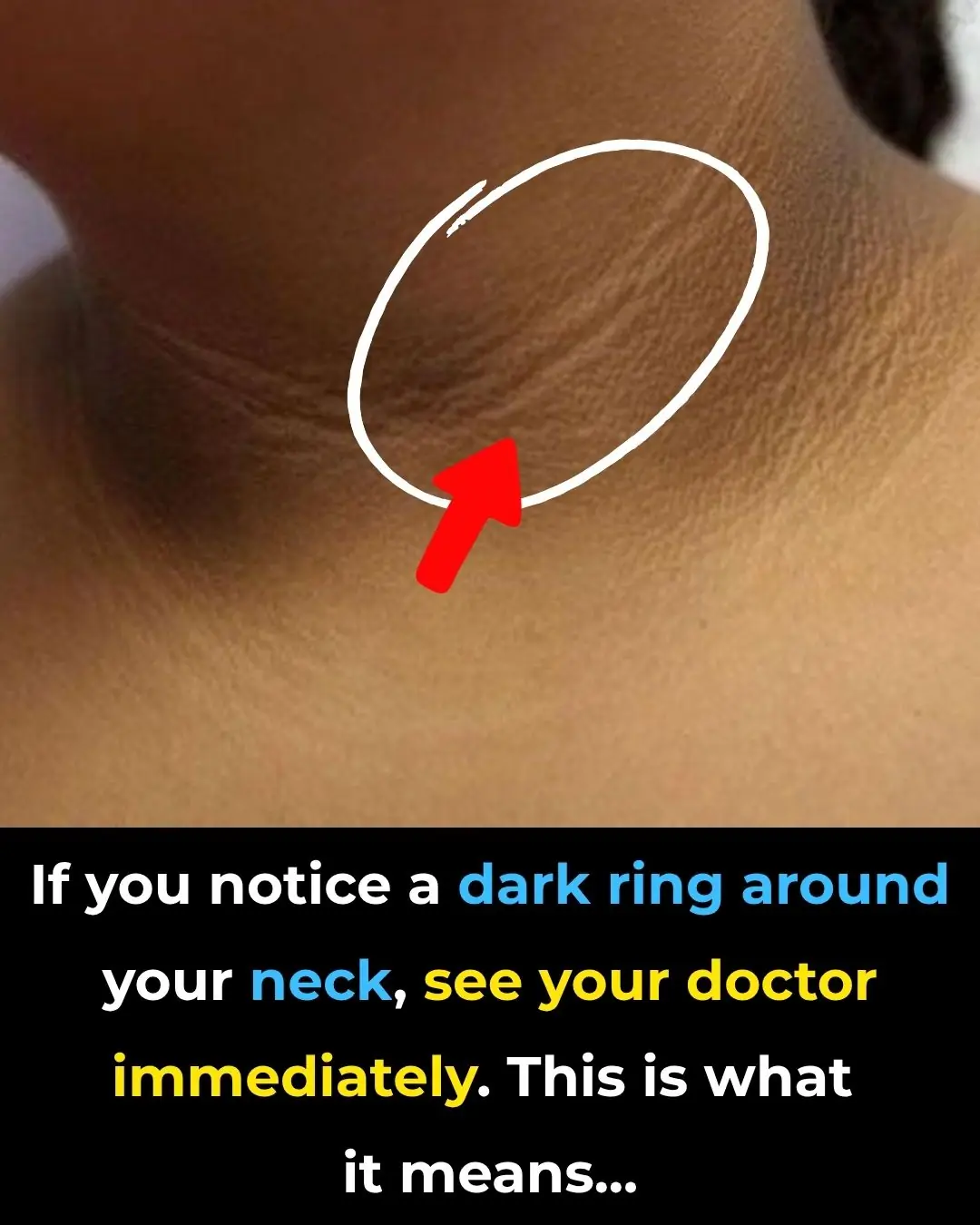
If You Notice a Dark Ring Around Your Neck, Go See Your Doctor Immediately! This Is What It Means

Health Food & Nutrition Beauty Aromatherapy Animals
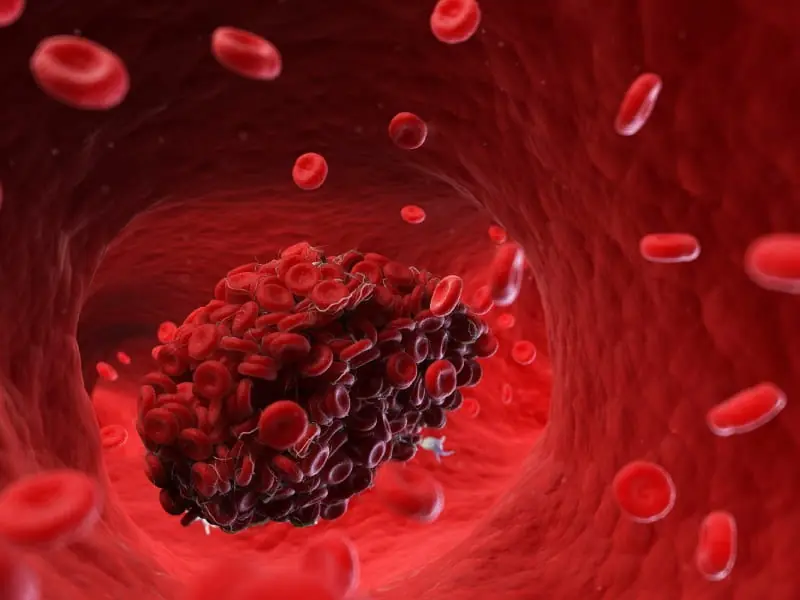
Cardiologists Say This Common Habit Is a Blood Clot Risk

‘Ghost Boy’ Wakes Up From Coma After Being Trapped For 12 Years—What He Heard the Whole Time Will Haunt You

What Staying Up Late Every Night Really Does to You—Massive 24,000 Person Study Reveals the Truth
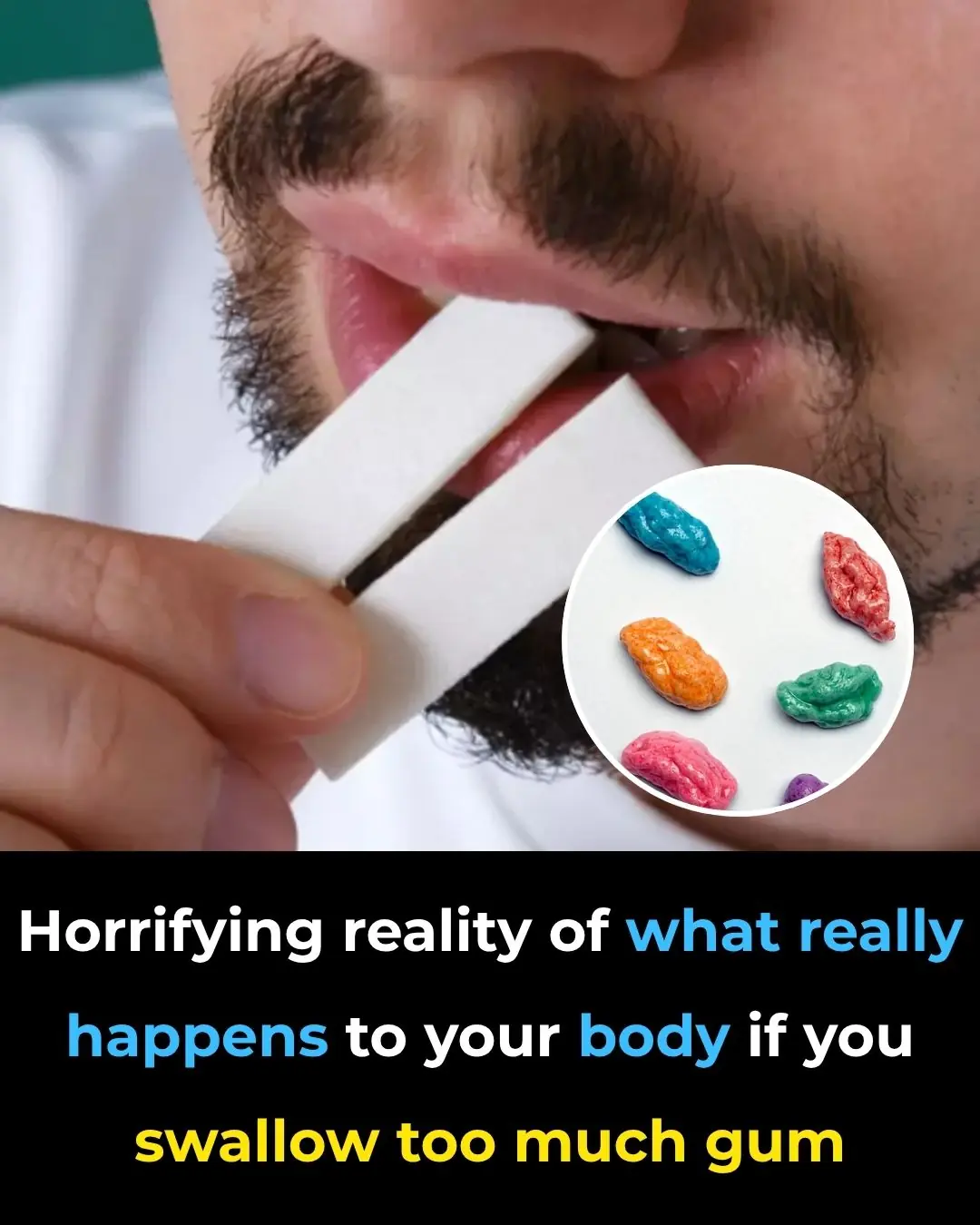
Horrifying reality of what really happens to your body if you swallow too much gum
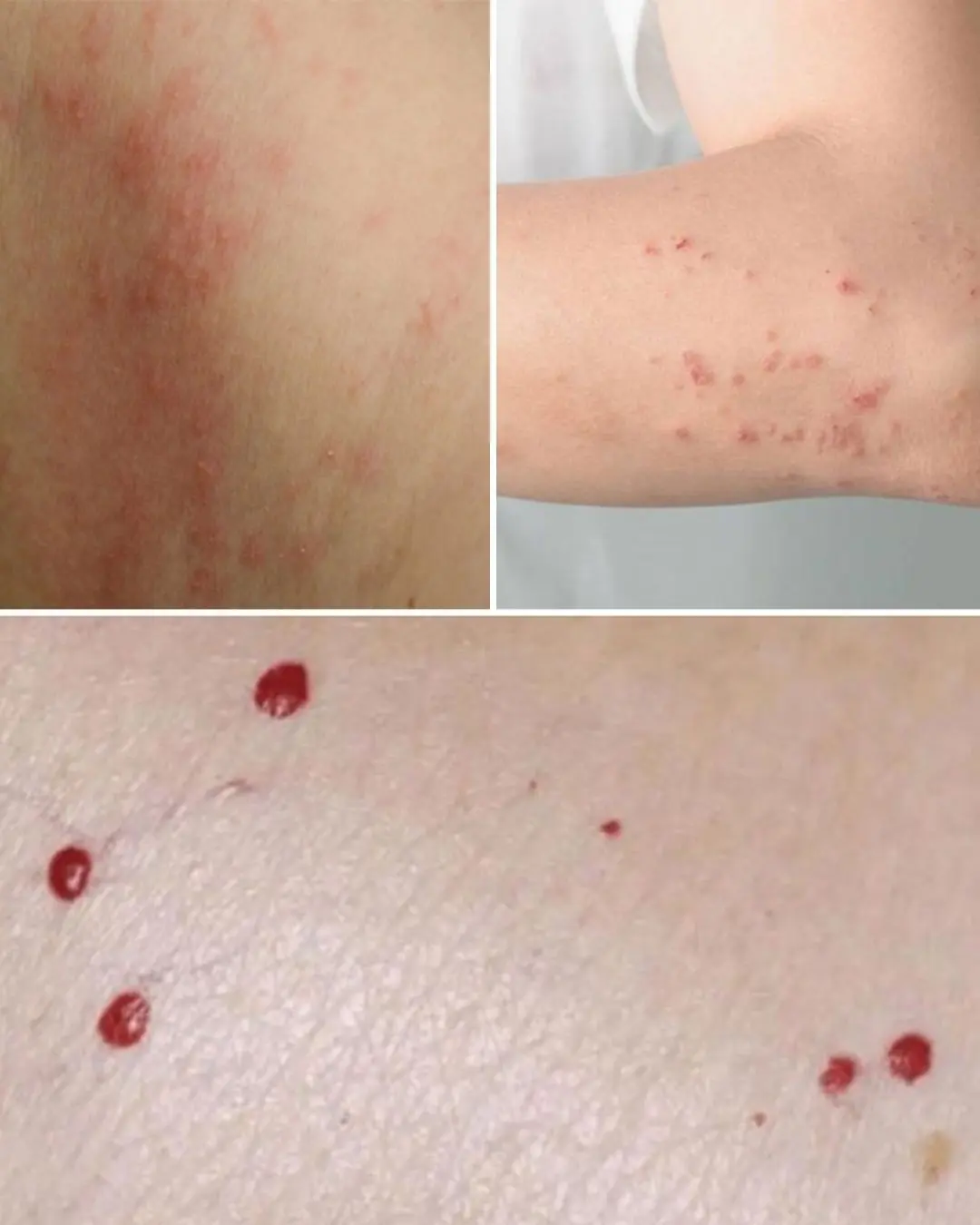
Red Spots on Skin: 13 Common Causes
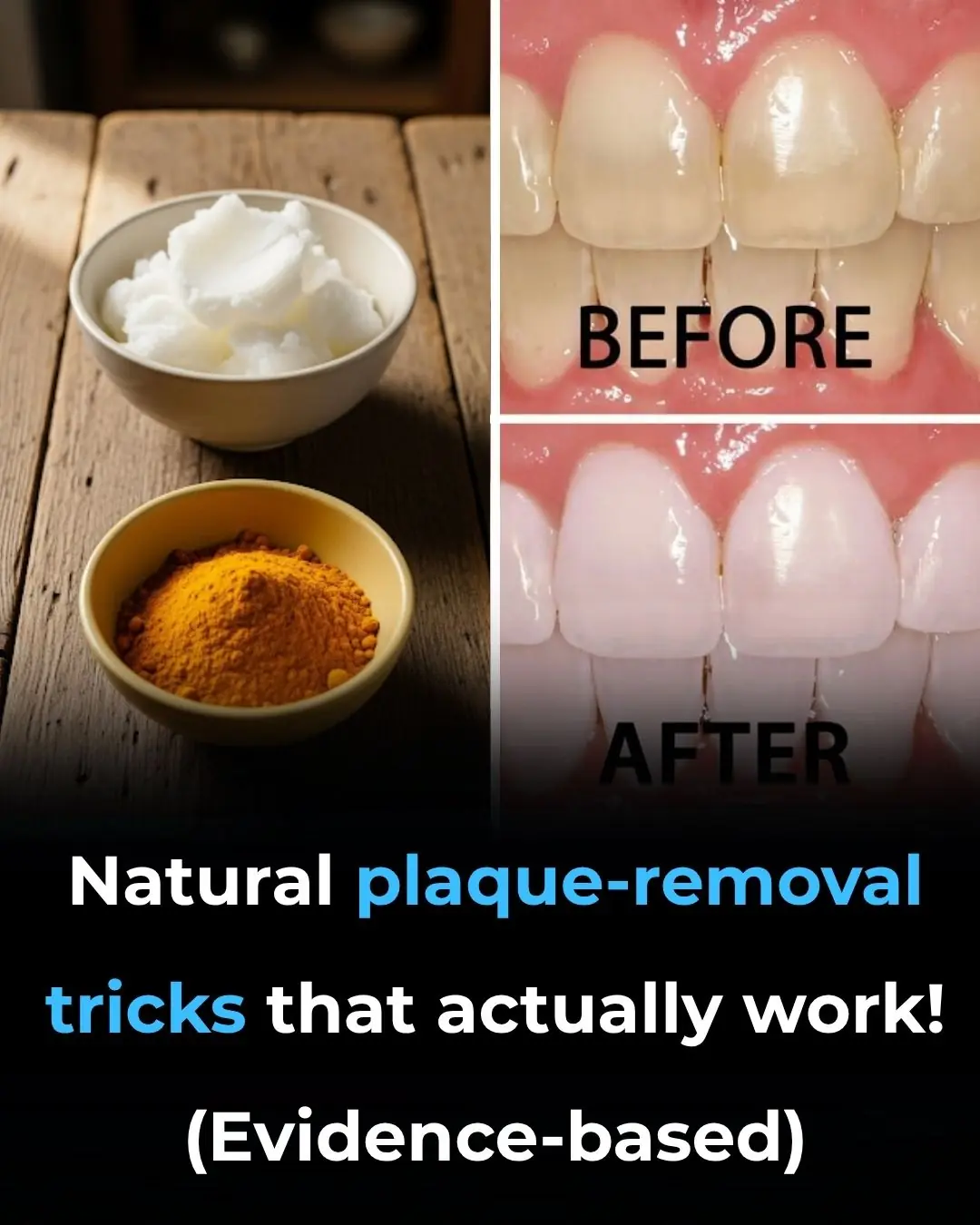
How to Remove Dental Plaque Naturally (Evidence Based)
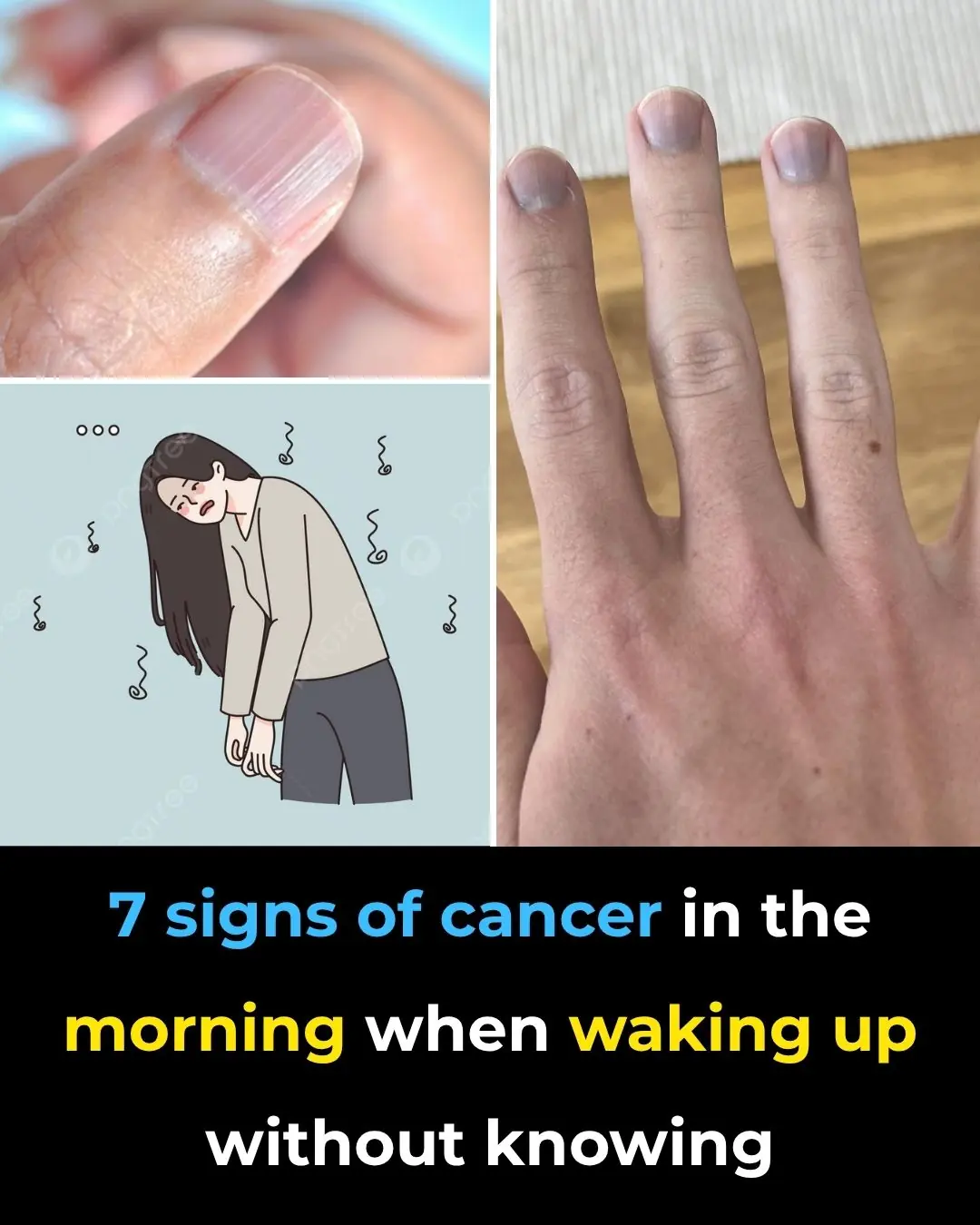
7 signs of cancer in the morning when waking up without knowing

Facing Your Phobias While Lucid Dreaming May Reduce Real-Life Fears, Scientists Say

Scientists Reveal: Fat Is Expelled Through Your Breath During Weight Loss. You Literally Breathe Out Fat

Scientists Have Found The ‘Off’ Switch For Anxiety Without Any Side Effects

How to Lower High Blood Pressure Quickly Without Medications (Evidence Based)

10 Surprising Benefits of Drinking Apple Cider Vinegar According to Science

Unlock Your Body's Healing Power: Just 9 Days of Less Sugar
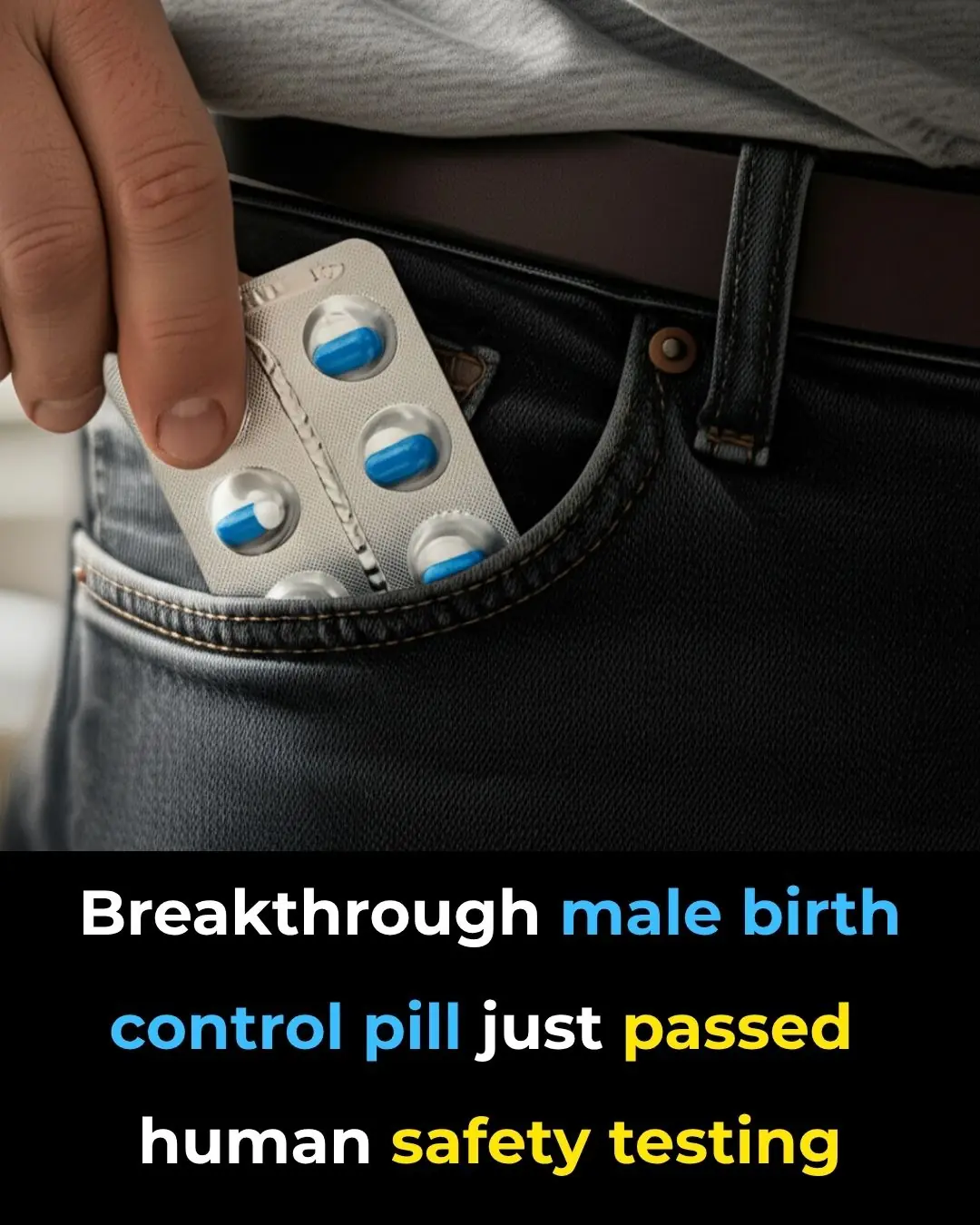
Breakthrough male birth control pill just passed human safety testing

Medicinal Health Benefits of Garlic (Raw, Supplement) – Science Based
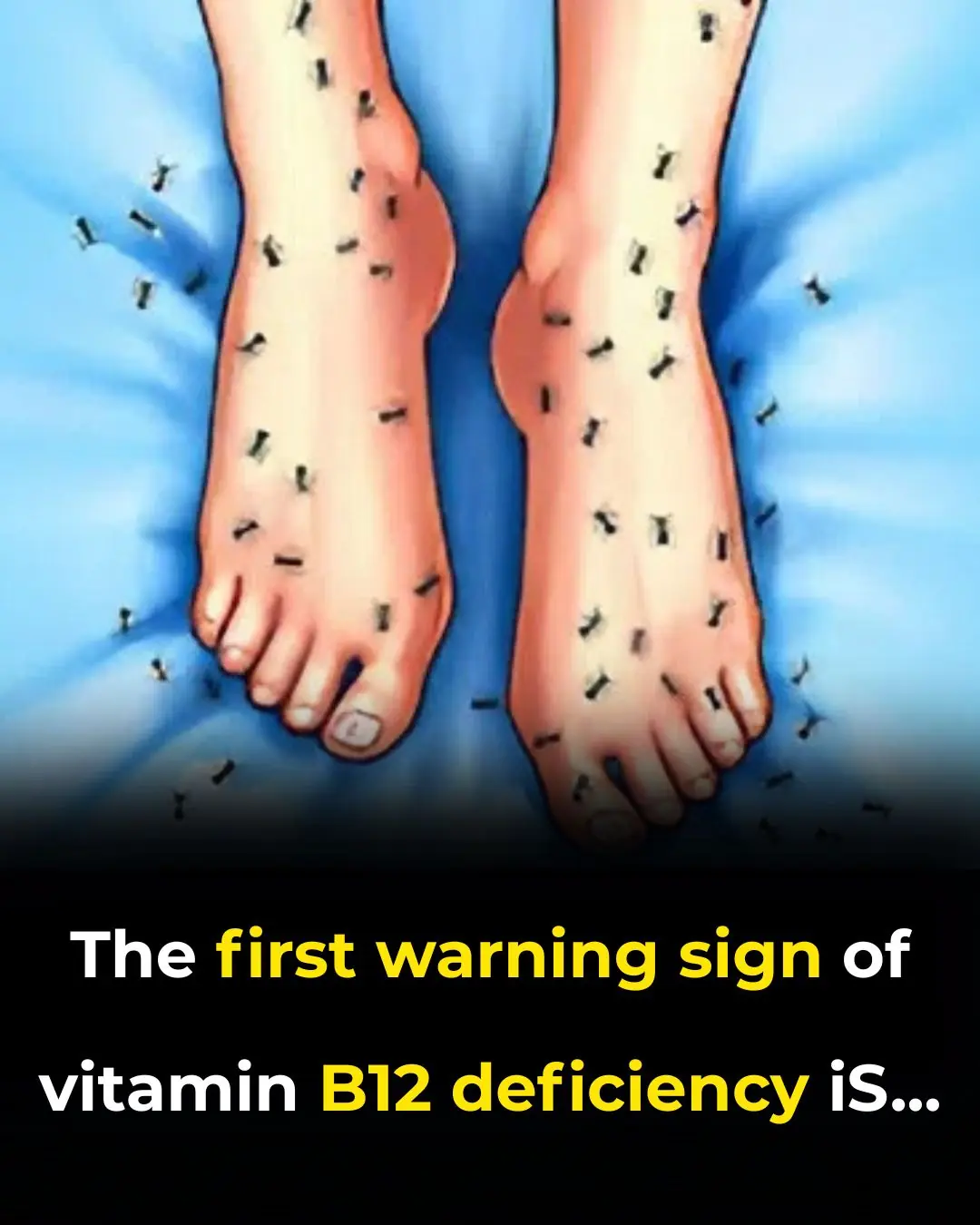
Warning Symptoms of Vitamin B12 Deficiency and How to Fix It
News Post

Wildfire Grows Into Megafire In Northern Arizona—Now Driving Its Own Climate

Mystery Space Object Might Be An Alien Ship Preparing To Strike Earth

Research Reveals Cells’ Ability of Deceased Organisms to Form New Life

Ethan Caldwell appeared to have everything—wealth, fame, and power. By the age of 42, he was a billionaire, having sold a booming tech startup at its market peak

The husband forgot to end the call. The wife overheard his conversation with his mother and filed for divorce the very same day.

If you drink cucumber water every morning, this is what happens to your body

Husband Leaves Pregnant Wife for Mistress — Eight Years Later, She Returns in a Helicopter with Their Twins…

If You Notice a Dark Ring Around Your Neck, Go See Your Doctor Immediately! This Is What It Means

— They came empty-handed — so drink water, — the relatives finally drove the hostess crazy.

Health Food & Nutrition Beauty Aromatherapy Animals

A Waitress Shamed My Grandma for Leaving 'Too Small' a Tip – I Made Her Regret It in the Most Unexpected Way

My MIL Secretly Made a Duplicate Key to Our House — What She Did There While We Were Away Stunned Me

I Found Out My Brother Was Secretly Transferring Money to My Wife – When I Figured Out Why, I Went Pale

I Saw a Lost Child in the Airport — What He Had in His Backpack Made Me Gasp

I Got a Text from My Husband’s Number Weeks after He Died & When I Traced It, the Truth Shattered Me — Story of the Day

Millionaire Dresses as a Bum and Visits His Company on an Undercover Mission — Story of the Day

Cardiologists Say This Common Habit Is a Blood Clot Risk

Denmark is fighting Al. It just gave citizens copyright to their own face, voice, and body.

‘Ghost Boy’ Wakes Up From Coma After Being Trapped For 12 Years—What He Heard the Whole Time Will Haunt You
